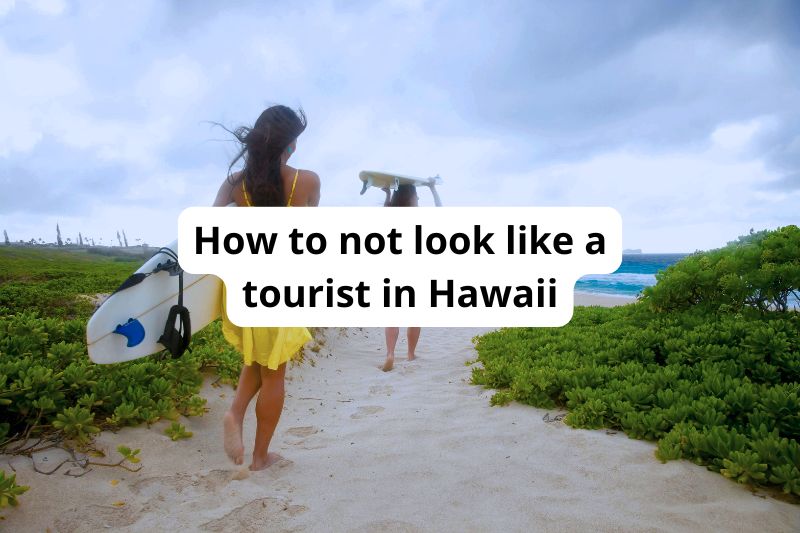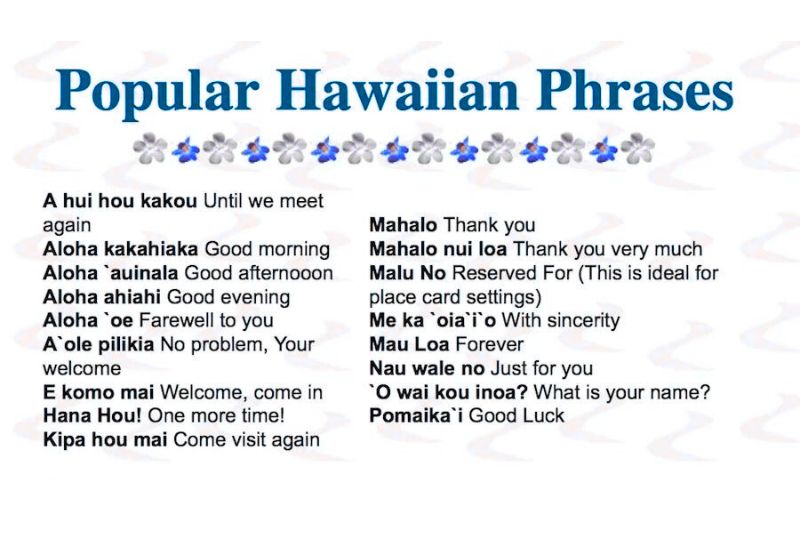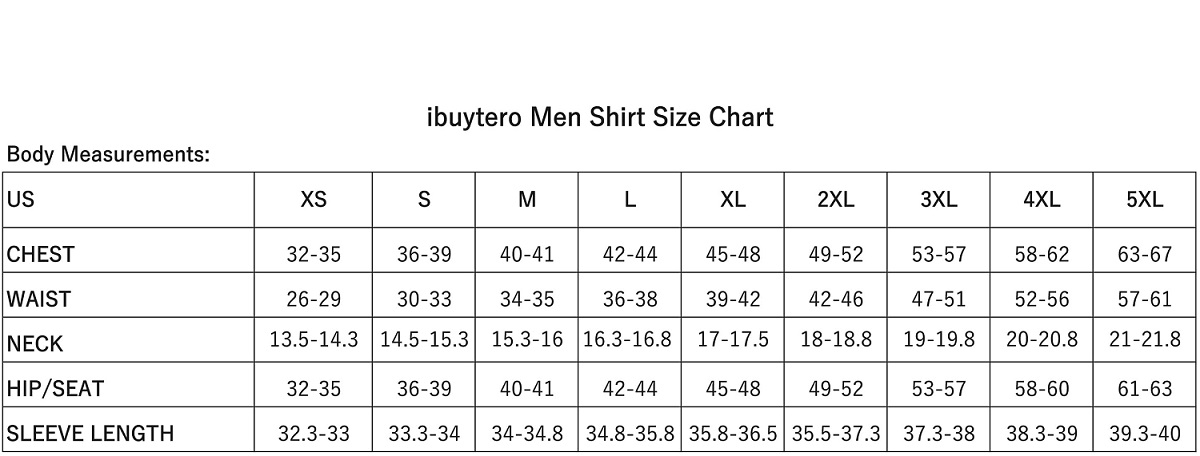How to not look like a tourist in Hawaii
When you’re in Hawaii, blending in and not looking like a tourist in Hawaii can make your trip more immersive and respectful towards the locals. By adjusting your style, behavior, and understanding of island customs, you can enjoy a more authentic experience and avoid the typical tourist vibe.
I. How to not look like a tourist in Hawaii

1. Dress like a local
Looking the part is just as important as acting the part when it comes to blending in. If you want to avoid standing out as a Hawaiian tourist, your wardrobe should include clothing that reflects the relaxed, tropical lifestyle of the islands. Packing or acquiring a few key pieces will not only help you fit in but also ensure you’re dressed appropriately for the warm and humid Hawaiian climate.

Wearing what locals typically wear in Hawaii ensures comfort and shows that you’re in tune with the local way of life. Here are some staple items commonly worn by native Hawaiians and residents alike:
- Aloha shirts (Hawaiian shirts) – Known for their bright colors and floral patterns, these shirts are not just for tourists. Locals often wear them casually or even to semi-formal occasions.
- Board shorts – Practical and stylish, these are ideal for the beach, water sports, or just walking around town.
- Loose-fitting pants or shorts – Comfort is key in Hawaii’s heat. Linen or cotton shorts and pants are breathable and keep you cool throughout the day.
- Comfortable shoes – Sandals and flip-flops (called “slippers” in Hawaii) are the go-to footwear for locals. They’re perfect for the beach, quick errands, or casual outings.
- Colorful sundresses – Lightweight and breezy, sundresses are popular with local women for their comfort and vibrant style, making them perfect for a day out or a sunset stroll.
- Muumuu dresses – A traditional Hawaiian dress that’s loose-fitting, often with bright, floral prints. It’s both comfortable and stylish, especially in hot weather.
- Tank tops – With the sunny weather, tank tops are a common choice for both men and women. Pair them with shorts or a skirt for an easy, laid-back look.
- Pa’u hula skirts – Traditionally worn during hula performances, these flowing skirts are made of natural materials like cotton and are both symbolic and beautiful.
- Natural fabrics like cotton or silk – These materials are perfect for managing heat and humidity, allowing your skin to breathe.
- Highly colorful floral patterns – Whether it’s a shirt, dress, or accessory, bold prints inspired by Hawaii’s lush flora are seen everywhere, helping you blend in seamlessly.
If you don’t already own these clothing items or your current wardrobe doesn’t reflect traditional Hawaiian colors and patterns, don’t worry. You can easily find Hawaiian-inspired attire at popular retail stores like Target or Walmart, where you’ll be able to pick up something stylish and appropriate without breaking the bank.
2. Learn basic Hawaiian phrases
While English is the dominant language, Hawaiian is still spoken and widely respected throughout the islands. Locals will appreciate it if you can sprinkle a few Hawaiian words into your conversations. A simple “Aloha” (hello/goodbye) or “Mahalo” (thank you) goes a long way in showing respect for the local culture. Additionally, knowing how to pronounce place names correctly is also helpful. Hawaiian words have a unique cadence, so taking a moment to learn how to say them properly will not only help you get around but also show that you care about the local culture.

3. Respect Hawaiian customs and traditions
Hawaii has a rich cultural heritage deeply rooted in Polynesian traditions, and many of these customs still influence everyday life. Understanding and respecting Hawaiian customs will help you fit in. For instance, it’s considered disrespectful to step on or take lava rocks from the islands, as many locals believe they are sacred. Another important cultural norm is kapu, a concept of sacred restrictions that applies to certain natural spaces and historic sites. Whether you’re visiting ancient Hawaiian temples (heiau) or participating in a traditional luau, always show respect by behaving appropriately and observing local guidelines.
4. Avoid tourist traps and explore off the beaten path spots
While it’s tempting to visit well-known attractions like Waikiki Beach, Diamond Head, or the Dole Plantation, locals tend to avoid these overcrowded tourist spots. To experience a more authentic side of Hawaii, seek out lesser-known beaches, hiking trails, and restaurants. For example, instead of booking a commercial tour, consider visiting a local farmers’ market, where you can sample locally grown produce and interact with the community. Research hidden gems like secluded waterfalls, local art galleries, or hole-in-the-wall eateries that are favored by the residents. Locals appreciate when visitors take the time to explore beyond the typical tourist itinerary.
5. Be mindful of your interactions and tone
Hawaiians are known for their friendliness and hospitality, but the key is to be genuine and humble in your interactions. Smile, greet people with a warm “Aloha,” and be open to conversation without being overbearing. It’s important to avoid appearing loud or overly assertive, as this can be seen as intrusive. Hawaiians value calm and respectful communication, and this relaxed approach is reflective of the islands’ overall laid-back atmosphere. Listen more than you talk, and you might get tips or recommendations from locals that aren’t listed in the guidebooks.
6. Respect the natural environment
Hawaii’s environment is fragile, and locals take great pride in protecting it. When visiting the islands, it’s important to adopt a conservation mindset. Never litter, and always pick up after yourself, especially when visiting beaches, hiking trails, or parks. If you go snorkeling or scuba diving, avoid touching the coral reefs or wildlife, as many of Hawaii’s marine species are endangered. Use reef-safe sunscreen that doesn’t contain harmful chemicals that can damage the coral ecosystem. In general, show appreciation for Hawaii’s natural beauty by minimizing your impact on the environment and following posted signs and guidelines.
7. Understand the history and issues of Hawaii
Hawaii’s history is complex and involves colonization, the overthrow of the Hawaiian monarchy, and ongoing social issues related to land ownership and native rights. To truly appreciate the islands, take some time to learn about this history and the challenges that locals face today. This awareness will help you avoid behaviors that could be perceived as insensitive. For instance, Hawaii is not just a vacation spot but home to over a million people, many of whom are Native Hawaiians who hold deep connections to the land. Respecting this means acknowledging that some places are sacred or reserved for local use only.
8. Show respect for the island lifestyle
Hawaiians live by the principle of “Aloha Spirit,” which emphasizes love, compassion, and respect for others and the world around them. Part of this is moving at a slower, more relaxed pace. Don’t expect fast service or instant gratification, as the island lifestyle is laid back, and locals value taking their time. Instead of getting frustrated if things aren’t moving as quickly as you’re used to, try to embrace the slower pace of life and enjoy the journey. Whether you’re waiting for food at a restaurant or navigating local traffic, adopting a patient attitude will help you fit in better and enjoy your time on the islands.
9. Embrace traditional Hawaiian foods
One of the best ways to truly experience a culture is through its cuisine, and Hawaii offers a rich variety of unique and flavorful dishes that reflect its multicultural heritage. As you explore the islands, don’t miss the chance to savor traditional Hawaiian foods that locals love. Here are some must-try dishes:
- Saimin – A comforting noodle soup influenced by Japanese, Chinese, and Filipino immigrants, typically made with soft wheat noodles in a light broth, topped with green onions, fish cakes, and sometimes Spam or char siu (roast pork).
- Poke – A Hawaiian classic made of cubed raw fish, often ahi (tuna), marinated in soy sauce, sesame oil, and other seasonings. It’s a refreshing and flavorful dish perfect for a beachside meal.
- Luau stew – A hearty and traditional dish made from taro leaves slow-cooked with tender chunks of pork, often served with rice. Its rich, earthy flavors are a true taste of the islands.
- Poi – A staple in the Hawaiian diet, poi is made from pounded taro root and has a smooth, sticky consistency. Though its mildly sweet and tangy flavor can be an acquired taste, it’s a dish deeply rooted in Hawaiian tradition.
- Laulau – A savory dish made by wrapping pork (or sometimes fish or chicken) in taro leaves, then steaming it until tender. The smoky, earthy flavor of the taro leaves infuses the meat, creating a delicious, melt-in-your-mouth experience.
- Kalua pig – This is a must-try at a luau. The pig is traditionally roasted in an imu (an underground oven), giving it a tender, smoky flavor. It’s often served shredded and pairs perfectly with rice or poi.
- Lomi salmon – A refreshing side dish made with salted salmon, diced tomatoes, onions, and sometimes green onions. It’s typically served cold, offering a fresh contrast to the richer, heavier flavors of traditional Hawaiian meals.
- Spam musubi – A beloved snack in Hawaii, Spam musubi is a slice of grilled Spam atop a block of rice, wrapped in nori (seaweed). It’s the perfect portable snack and a reflection of Hawaii’s unique culinary history.
- Shave ice – A sweet treat to cool down with, shave ice is finely shaved ice topped with sweet syrups in flavors like mango, coconut, and guava. Add-ons like mochi, azuki beans, or a scoop of ice cream are popular for an extra indulgence.
- Loco moco – A hearty local favorite, loco moco consists of white rice topped with a hamburger patty, fried egg, and a generous drizzle of brown gravy. It’s a filling dish that offers a delicious combination of textures and flavors.
- Haupia pie – A creamy coconut custard pie with a smooth, pudding-like consistency. It’s often served as a refreshing dessert after a savory meal and is a Hawaiian favorite.
- Manapua – A steamed bun filled with savory fillings, usually char siu (sweet barbecue pork). It’s similar to Chinese bao and is a popular snack or light meal in Hawaii.
- Huli huli chicken – This dish consists of chicken marinated in a sweet, tangy sauce made of soy sauce, ginger, and pineapple juice, then grilled to perfection. The smoky, caramelized glaze makes it a crowd favorite at cookouts and gatherings.
- Lau lau – A local delicacy where pork, butterfish, and sometimes chicken are wrapped in taro leaves and ti leaves, then steamed until the flavors meld together. The result is a deliciously tender dish with a rich, smoky flavor from the taro leaves.
II. Conclusion
By following these tips, you’ll not only blend in more easily but also gain a deeper understanding and appreciation of Hawaii’s unique culture and way of life. The key to not looking like a tourist is to show respect, remain open-minded, and adapt to the local environment with a sense of humility and curiosity.
We encourage you to explore our other related articles on ibuytero to learn more about fashion and accessories. If you’re ready to add a stylish trucker hat or a vibrant Hawaiian shirt to your collection, visit the ibuytero shop to find the perfect item that suits your style. You can also visit ibuytero shop to choose fashionable gifts with unique and interesting designs. Follow us on Pinterest to keep up to date with the latest products.









